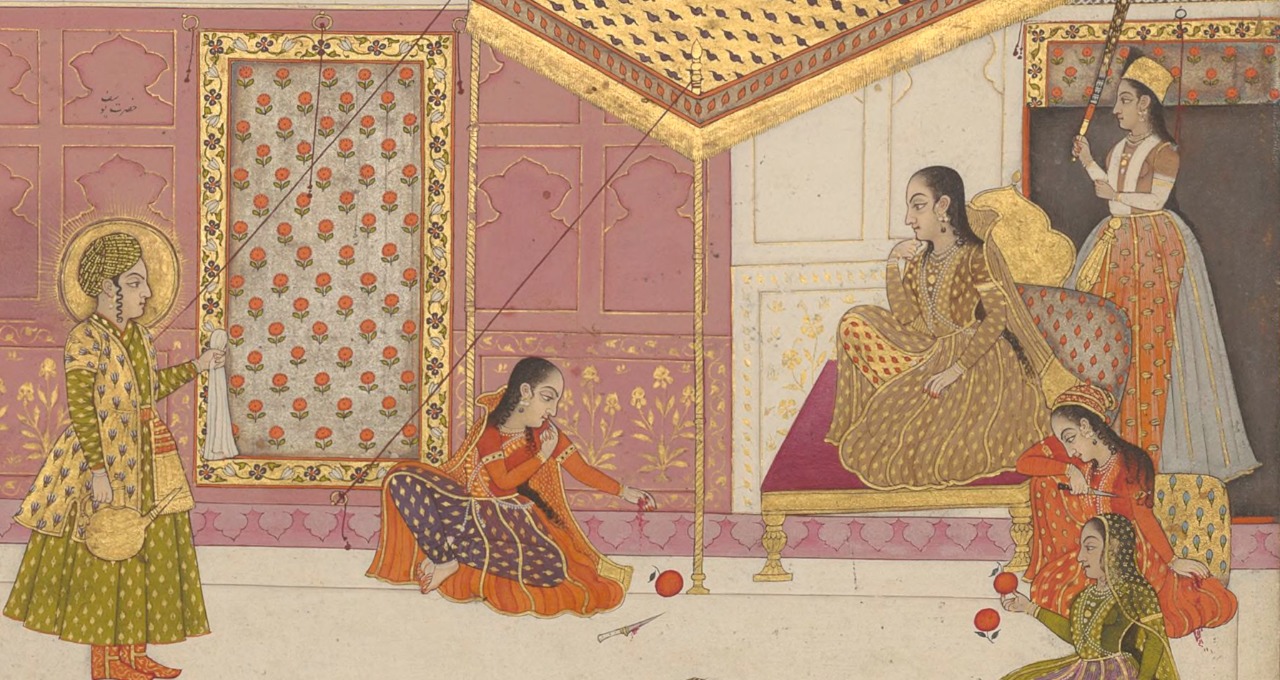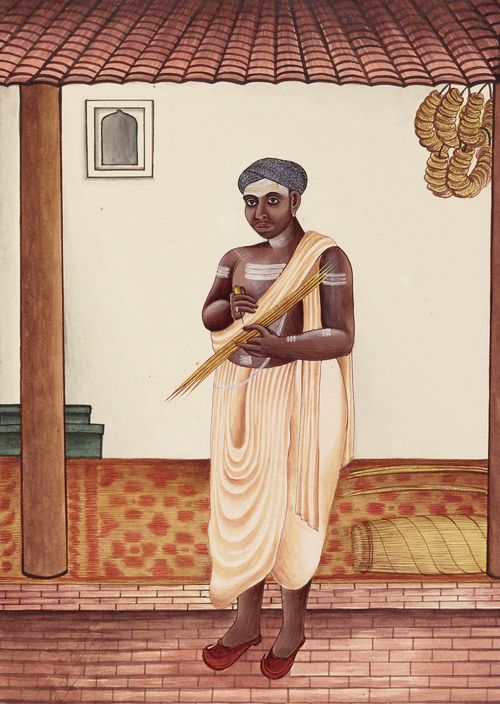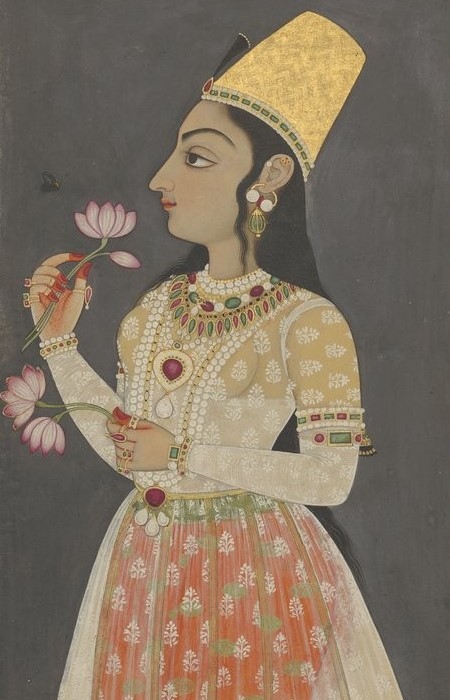France - South Asia
The “France - South Asia” digital library retraces the history of representations and relations between France and the countries of South Asia, in particular India, Bangladesh, Nepal, Sri Lanka and Pakistan. Available in English and in French, it brings together digitised documentary collections that bear witness to mutual representations, perceptions and apprehensions over centuries of relations and contacts.
An editorialised corpus
True to the spirit of the Shared Heritage collection, the resources are presented in a hierarchical fashion within major themes. These sections are editorialised and contextualised through articles written by experts - scientists, academics, researchers or doctoral students - from France, India, Sri Lanka etc…
The 7 main themes are:
- Power and diplomacy
- Travellers and residents
- Circulation of knowledge
- Science and technology
- Languages and literature
- Thoughts
- The arts
They are subdivided into sub-themes, each of which may present remarkable documents or groups of documents.
The documents on offer are varied, with no language restrictions: official documents, scholarly works, accounts of daily life, customs, science and culture, etc. Printed books and manuscripts, as well as maps, prints, engravings and photographs, bring centuries of history to life. They are drawn from the collections of BnF and from the project’s partner institutions.
The selection of documents is made by a scientific team made up of curators from BnF and its partners. It is validated by the project’s scientific advisory board.
The project's origin
Various Indian and French institutions are taking part in the project alongside the BnF:
- Indira Gandhi National Center for the Arts (IGNCA),
- Institut Français de Pondichéry (IFP),
- Ecole Française d’Extrême-Orient (EFEO),
- Bibliothèque universitaire des langues et civilisations (BULAC),
- Centre d’études indiennes et centrasiatiques (Collège de France),
- Musée national des arts asiatiques – Guimet (MNAAG).
Co-chaired by Gilles Pécout, President of the BnF, and Kapil Raj, Director of Studies at the EHESS and Emeritus and Honorary Member of the Alexandre-Koyré Centre, this board includes a representative from each partner institution as well as leading figures from the world of research.
- Nalini Balbir, Emeritus Professor of Indian Studies at the Université Sorbonne Nouvelle and Emeritus Director of Studies at the EPHE.
- Samuel Berthet, historian and researcher, specialist in contemporary India
- Emmanuel Francis, CNRS research fellow, co-director of the Centre for Indian and South Asian Studies (CEIAS) and associate member of the Centre for the Study of Manuscript Culture at Hamburg University
- Raphaël Malangin, doctor of history, professor of literature, history and geography, research associate at the TEMOS UMR 9016 laboratory
- Dhir Sarangi, Professor at the Center for French & Francophone Studies at Jawaharlal Nehru University in New Delhi
- Inès Zupanov, director of research at the CNRS and co-director of the Centre for Indian and South Asian Studies (EHESS)
India in the BnF’s collections
India has been represented in the BnF since the 1730s. Abbé Jean-Paul Bignon, Louis XV’s librarian, asked Jesuit missionaries to send him documents that were representative of Indian literature and knowledge. They sent him nearly 300 manuscripts from Bengal and Tamil Nadu. Since this founding contribution, acquisitions in this field have continued uninterrupted. Travellers, administrators and scholars donated or sold their private collections, thereby enriching the national collections of paintings and manuscripts which were used to discover and study the cultural riches of India. Today, the BnF holds almost 4,500 manuscripts from South Asia. 2,500 manuscripts are in the ancient languages of Sanskrit, Prakrit and Pali, from all over the Indian Subcontinent; 800 in Persian; 700 in Tamil, making it one of the largest collections of its kind in Europe; 100 in other Dravidian languages, Telugu, Kannada and Malayalam; 400 in the vernacular languages of North India, Hindi, Urdu, Marathi, Gujarati, Punjabi and Bengali; 100 in Sinhalese. Some fifty painting albums, containing 3,000 pieces from different regions and schools, complete this collection. The publication of printed books in or about India has always been a subject of interest. From the first scholarly editions to the classic works of 20th-century Hindi literature, nearly 20,000 publications shed light on South Asia in all areas of knowledge. In addition to these material collections, there is a rich collection of sound recordings, revealing the variety of Indian languages and music.
« La peinture en Inde » in « Les Essentiels »Blog Manuscripta :
- Naissance d’un grand personnage : Mahāvīra, héros du jaïnisme
- Yoga : la position des manuscrits
- Vishnou et Krishna sur la voie de l’enluminure
Blog de Gallica :
- Cérémonie à la cour d’Ayodhyā
- Les grands poèmes épiques indiens (1) : le Rāmāyaṇa
- Les grands poèmes épiques indiens (2) : le Mahābhārata
Bibliographies :




